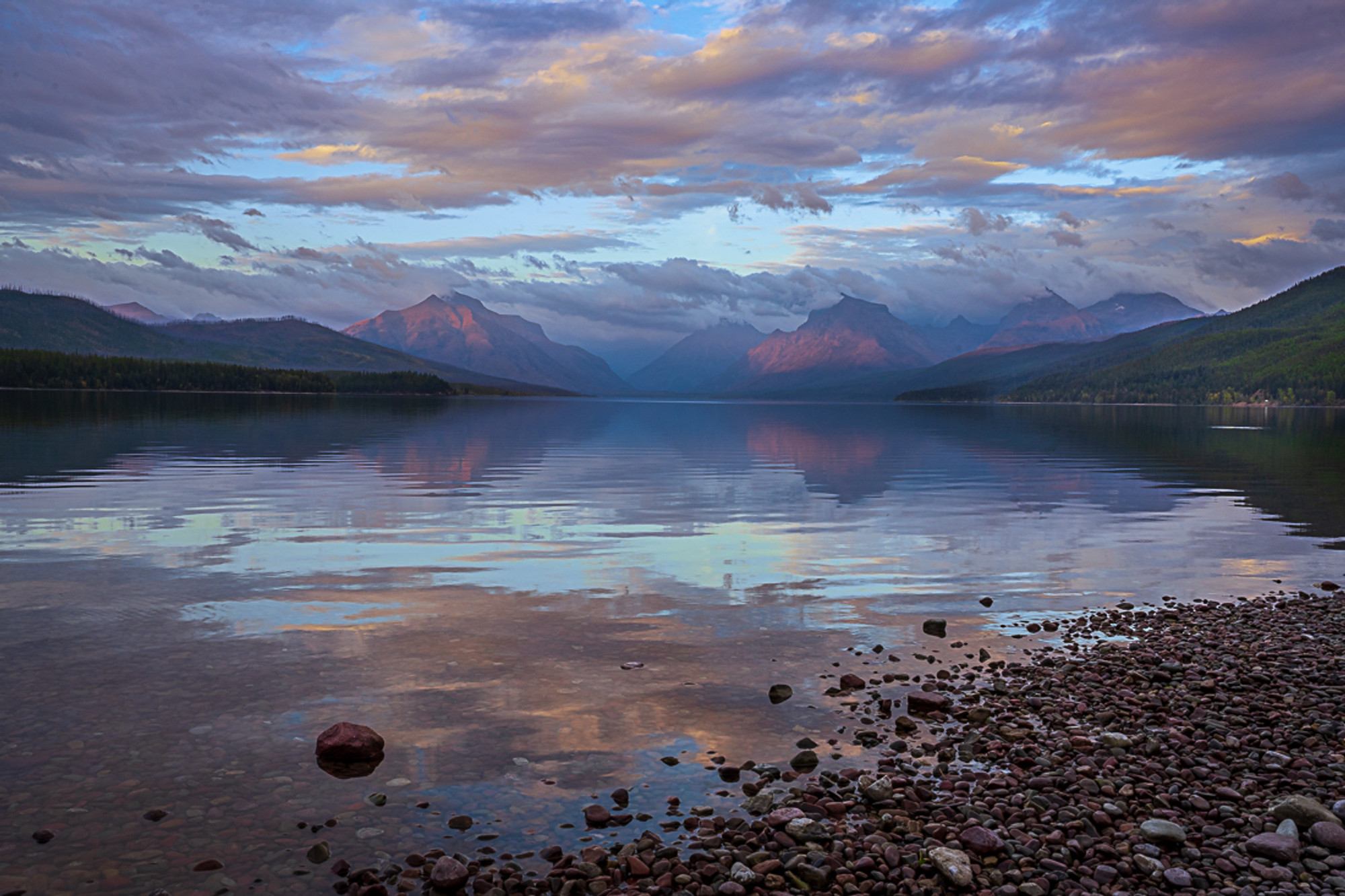Montana’s Vanishing Lakes

Have you ever wondered why some lakes in Montana seem to disappear? These vanishing lakes are a fascinating natural phenomenon. Unlike typical lakes, these bodies of water can dry up completely, only to reappear later. This happens due to a mix of geological factors, weather patterns, and seasonal changes. For example, some lakes sit on porous ground, allowing water to seep away quickly. Others depend on snowmelt or rainfall, which can vary greatly from year to year. Understanding these unique lakes can add a new layer of appreciation for Montana's diverse landscape. Ready to learn more about these mysterious waters?
Montana's Vanishing Lakes
Montana, known for its stunning landscapes and natural beauty, is home to some of the most breathtaking lakes in the United States. However, climate change and human activities are causing some of these lakes to shrink or disappear altogether. Let's explore some of these vanishing lakes and understand what makes them so special.
Glacier National Park's Hidden Gems
Glacier National Park boasts numerous lakes, many of which are slowly vanishing. These lakes are not only beautiful but also hold significant ecological importance.
Grinnell Glacier Lake
- Located in the heart of Glacier National Park, Grinnell Glacier Lake is fed by the melting Grinnell Glacier. Over the years, the glacier has receded significantly, causing the lake to shrink.
Swiftcurrent Lake
- Known for its stunning reflections of the surrounding mountains, Swiftcurrent Lake is a popular spot for visitors. However, reduced snowfall and rising temperatures are affecting its water levels.
Lake McDonald
- The largest lake in Glacier National Park, Lake McDonald, is famous for its crystal-clear waters and colorful rocks. Climate change is impacting its water levels, making it a concern for conservationists.
The Impact of Drought on Montana's Lakes
Drought conditions in Montana have led to the drying up of several lakes. These lakes are crucial for local wildlife and communities.
Flathead Lake
- One of the largest freshwater lakes in the western United States, Flathead Lake is experiencing lower water levels due to prolonged droughts. This affects both the ecosystem and local tourism.
Canyon Ferry Lake
- Created by the Canyon Ferry Dam, this reservoir is vital for irrigation and recreation. However, drought conditions have led to a significant drop in its water levels.
Hebgen Lake
- Known for its fishing opportunities, Hebgen Lake has seen fluctuating water levels due to drought. This impacts the local fish population and recreational activities.
Human Activities and Their Consequences
Human activities, such as dam construction and water diversion, have also contributed to the vanishing of some lakes in Montana.
Fort Peck Lake
- Formed by the Fort Peck Dam on the Missouri River, this lake is one of the largest man-made reservoirs in the United States. Water management practices and climate change are affecting its water levels.
Tiber Reservoir
- Also known as Lake Elwell, Tiber Reservoir is crucial for irrigation and recreation. Water diversion for agricultural purposes has led to a decrease in its water levels.
Lake Koocanusa
- Created by the Libby Dam on the Kootenai River, Lake Koocanusa spans the border between Montana and British Columbia. Water management and climate change are impacting its water levels.
The Future of Montana's Lakes
The future of Montana's lakes depends on our actions today. Conservation efforts and sustainable practices are essential to preserve these natural treasures for future generations.
Bighorn Lake
- Straddling the border between Montana and Wyoming, Bighorn Lake is a reservoir formed by the Yellowtail Dam. Efforts to balance water usage for agriculture, recreation, and conservation are crucial for its sustainability.
Pishkun Reservoir
- Located in central Montana, Pishkun Reservoir is used for irrigation and recreation. Sustainable water management practices are needed to maintain its water levels and ecological health.
Holter Lake
- Formed by the Holter Dam on the Missouri River, Holter Lake is a popular spot for fishing and boating. Conservation efforts are necessary to ensure its water levels remain stable.
Montana's vanishing lakes are a stark reminder of the impact of climate change and human activities on our natural environment. By understanding these changes and taking action, we can help preserve these beautiful lakes for future generations.
The Future of Montana's Lakes
Montana's lakes are disappearing. Climate change, human activity, and natural processes all play a role. These bodies of water are crucial for local ecosystems, recreation, and the economy. Without action, the situation will worsen.
Communities must come together to protect these natural treasures. Reducing carbon footprints, supporting conservation efforts, and raising awareness can make a difference. Every small step counts.
Montana's lakes are more than just water. They are habitats, sources of livelihood, and places of beauty. Preserving them ensures future generations can enjoy their splendor.
Act now to save Montana's vanishing lakes. The responsibility lies with everyone. Protecting these lakes means protecting a vital part of Montana's heritage.

